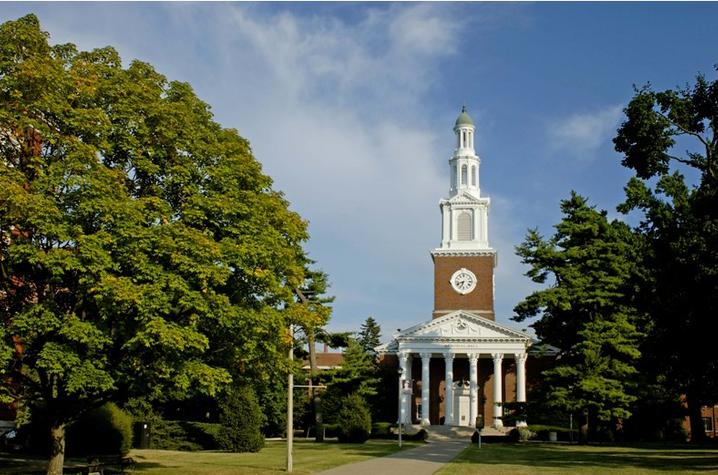Memorial Hall Mural: a Chance to Heal Wounds, Gain Broader Perspective

LEXINGTON, Ky. (Nov. 23, 2015) – Following is a blog from University of Kentucky President Eli Capilouto:
The mural in the atrium of Memorial Hall at the University of Kentucky is an artistic presentation of contrasts and contradictions. A product of the 1930s perspective of the artist and her times, we are left today with the task of confronting the unsettling questions it raises for our sense of community. And it is a point of deeply held concern for the two dozen Black and African American students who talked with me and other members of the University administration two weeks ago.
The frustrations they raised have been voiced by so many other members of our community and beyond it: that their University — our University — is willing to sustain a work of art that they find to be a painful and degrading personification of a false, romanticized rendering of our shared history.
Some of you may have seen a story in the winter edition of Kentucky Alumni about University of Kentucky alum, Ann Rice O'Hanlon. An accomplished artist, she tirelessly researched the history of our Commonwealth and spent eight months painting the fresco. A Depression-era funded Public Works of Art Project, the fresco painting is plastered to a wall and is considered by some to be one of the most important artworks of its kind in the Commonwealth, according to the article. It attempts to depict the evolution of our state from frontier settlement to an era of "notable medical, educational and scientific developments …"
But remember this: the mural was created at a time and in a place when there were no African American students or faculty. The educational benefit of diversity was not recognized as a value. Fortunately, our community is very different now — compellingly diverse and more complete.
One African American student recently told me that each time he walks into class at Memorial Hall he looks at the black men and women toiling in tobacco fields and receives the terrible reminder that his ancestors were enslaved, subjugated by his fellow humans. Worse still, the mural provides a sanitized image of that history. The irony is that artistic talent actually painted over the stark reality of unimaginable brutality, pain, and suffering.
Each time our student passes the images on his way to class or a movie or a speaker, this student — one of us — must confront humiliating images that bear witness to how we still fall short of being citizens together in what Dr. King called the "beloved community." And countless other current students, faculty, staff, prospective students and their families, and other visitors to our campus, endure the same pain when they walk into one of our University's signature and busiest venues. Moreover, this is often the first exposure people have to our campus, our culture, and our values.
This cannot continue. In spite of the artist's admirable, finely honed skill that gave life to the mural, we cannot allow it to stand alone, unanswered by and unaccountable to the evolutionary trajectory of our human understanding and our human spirit.
The time is long past for us to confront this reality. During the three-hour conversation at Maxwell Place, I pledged to the students, who thoughtfully and poignantly discussed the painting, that I would seriously consider their concerns. To that end, I am committed to finding a way to respond to the pain that it causes and bring sober reality to its romanticized depiction of our history.
I have already begun discussions with facilities administrators and respected campus leaders in the arts and history. A long-term answer will take some time. But we will reach a resolution that, I trust, is respectful of every perspective.
In the interim, we will shroud the painting from view and provide an on-site explanation for why we have taken this action. Ironically, a wall designed to welcome and educate is for so many the embodiment of a social and cultural wound that remains to this day. The first step must be to alleviate the pain by bandaging the wound. Then, we turn our attention to healing. As in all things we do, we will use this situation as a learning opportunity that promotes openness, compassion, and an appreciation of our diverse past and present.
This is but one step in a series we must take as a campus community to be the kind of welcoming and inclusive place we want to be for everyone who calls this University home. I hope that for us, this prominent artwork — what it depicts and how we address the questions it raises for so many in our community today — can help us take another step forward in our journey together toward reconciliation.
As O'Hanlon's nephew, UK alum and noted writer Wendell Berry, reminds us, "the grace that is the health of creatures can only be held in common. In healing, the scattered members come together. In health, the flesh is graced, the holy enters the world."
We are in this world together, often torn apart by differences in race and perspective, identity and background; but held together, ultimately, by our common humanity and a commitment to doing what is just, what is right.




